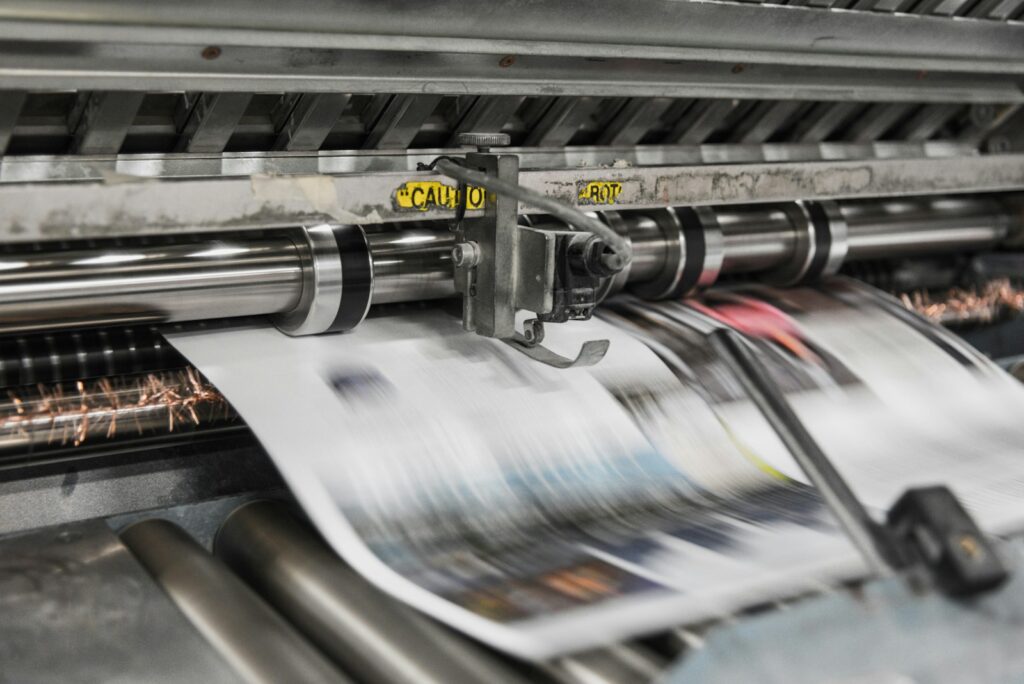Printing is a basic human function; it is considered by some as the birthright of humans to document their thoughts and experiences in tangible forms. Over time, printing technology has grown from simple hand copying onto parchment paper to sophisticated digital printing processes that utilize modern technological tools. The digital printing business industry has grown substantially, and digital printing machines are now widely accessible and affordable. This has brought about a surge in creativity from individuals and businesses who seek to optimize the potential of these machines to fulfill their printing needs. What is digital printing business?
Digital printing, also known as direct-to-substrate printing, is the process of printing digital files on various surfaces, including fabrics, papers, and synthetic materials. The most common digital printing machine utilized in the process is the inkjet printer, which utilizes tiny nozzles to spray ink onto a substrate surface. The ink is absorbed and immediately absorbed by the substrate, resulting in vibrant, long-lasting images that require no drying time or special coating to keep them from fading.
One of the most significant advantages of digital printing is its ability to print a wide variety of materials, including plastics, metals, and glass. Digital direct-to-garment (DTG) printing is used to print high-quality images onto textiles, including cotton, silk, and polyester in a single pass. This form of printing has enabled the creation of an incredible number of personalized and custom printed items, such as T-shirts, bags, and hats.
A substantial advantage of digital printing is the ability to print on demand. This means that digital printing eliminates the need for minimum order quantities, saving printing business owners from paying for unnecessary complex designs upfront. Additionally, the short turnaround time that can now be achieved with digital printing is especially advantageous, as it allows for more designs and concepts to be printed quickly and efficiently.
Another benefit that digital printing affords its users is the ability to incorporate variable data printing (VDP) techniques. VDP refers to the process of utilizing electronic databases to print personalized or targeted marketing materials, such as mailers and brochures. The unique designs and messages printed can be easily altered based on demographics or specific consumer needs, hence making it an excellent tool for personalized promotions.
The digital printing business industry has revolutionized the printing process, enabling businesses and individuals to unleash their creativity in ways that were previously impossible. Digital printing tools offer endless opportunities, from the ability to print on various surfaces and materials to the capability of VDP that enables the production of customized materials that cater to individual consumer needs. The flexibility, reduced turnaround time, and on-demand printing that direct-to-substrate printing provides ensure that the digital printing business is here to stay and evolve, with more people set to benefit from the technology’s advancements in the future.



